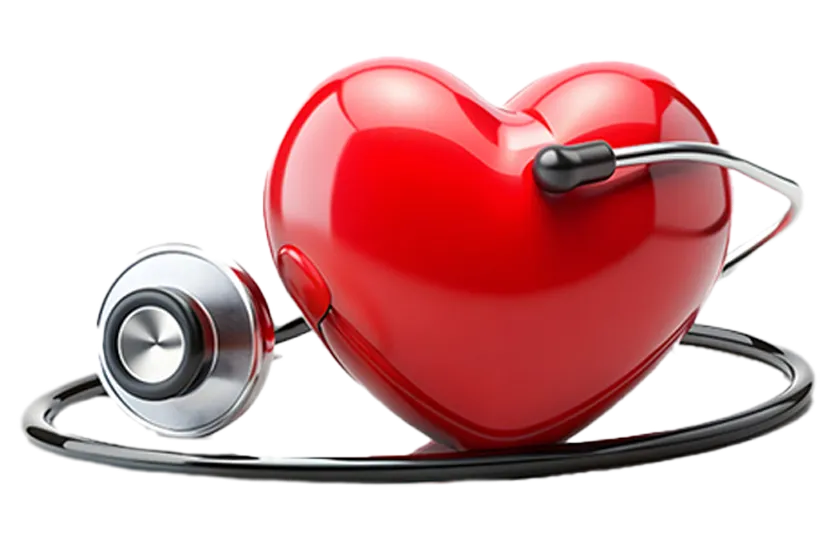The shoulder has three bones the humerus which is the upper arm bone, the scapula which is the shoulder blade and the clavicle which is the collar bone. The shallow socket into which the upper arm bone fits into is called the glenoid. The articular cartilage is a smooth substance that facilitates easy frictionless movement.

Where joint replacement is needed
Hemiarthroplasty – Half joint replacement, where only the humeral head is replaced. It is carried out in fracture involving humeral head where the head is so damaged it cannot be salvaged
Total shoulder joint replacement involves replacement of humeral head and glenoid articular surface as well. It is undertaken in cases where the patient is suffering from osteoarthritis, rheumatoid arthritis or broken bone near the arm or shoulder, torn tissues and tumour in and around the shoulder. The best possible function of the arm is restored and damaged joint surfaces are replaced with artificial surfaces.
Reverse Shoulder Arthritis secondary to long standing rotator cuff damage may undergo reverse Shoulder replacement. There is inability of the patient to lift the arm freely, a condition which is called pseudo-paralysis of the shoulder. Overhead motion of the arm is restored and pain is relieved with a reverse shoulder replacement. In a reverse shoulder replacement, the position of the ball and socket are reversed in each other ?s places.

